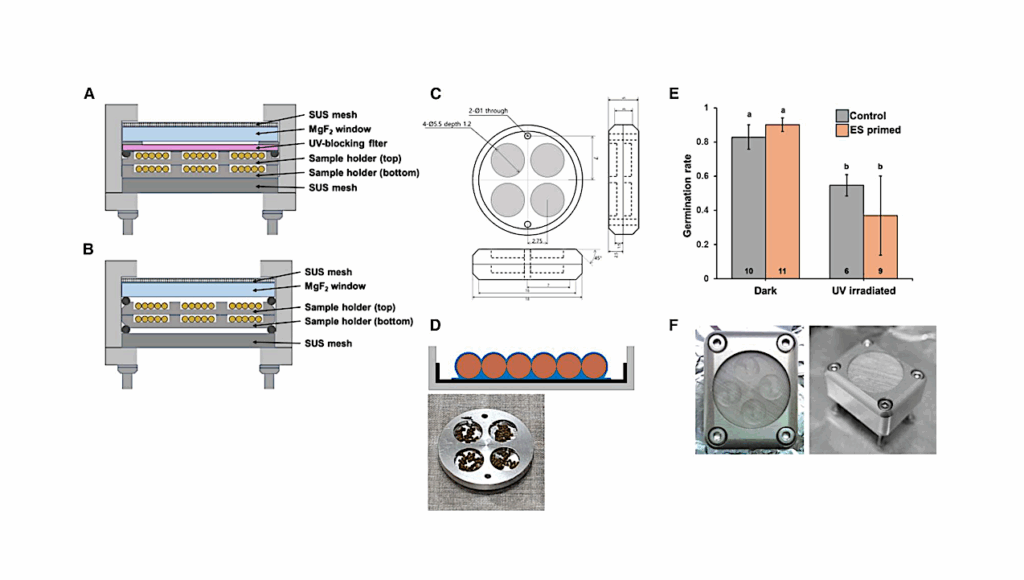Radiolytic Hydrogen and Microbial Respiration in Subsurface Sediments
Astrobiology December 2007, 7(6): 951-970
http://www.liebertonline.com/doi/pdfplus/10.1089/ast.2007.0150
Radiolysis of water may provide a continuous flux of an electron donor (molecular hydrogen) to subsurface microbial communities. We assessed the significance of this process in anoxic marine sediments by comparing calculated radiolytic H2 production rates to estimates of net (organic-fueled) respiration at several Ocean Drilling Program (ODP) Leg 201 sites. Radiolytic H2 yield calculations are based on abundances of radioactive elements (uranium, thorium, and potassium), porosity, grain density, and a model of water radiolysis. Net respiration estimates are based on fluxes of dissolved electron acceptors and their products. Comparison of radiolytic H2 yields and respiration at multiple sites suggests that radiolysis gains importance as an electron donor source as net respiration and organic carbon content decrease.
Our results suggest that radiolytic production of H2 may fuel 10% of the metabolic respiration at the Leg 201 site where organic-fueled respiration is lowest (ODP Site 1231). In sediments with even lower rates of organic-fueled respiration, water radiolysis may be the principal source of electron donors. Marine sedimentary ecosystems may be useful models for non-photosynthetic ecosystems on early Earth and on other planets and moons, such as Mars and Europa.








